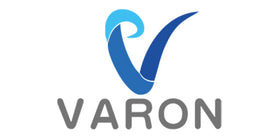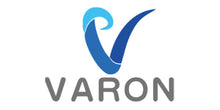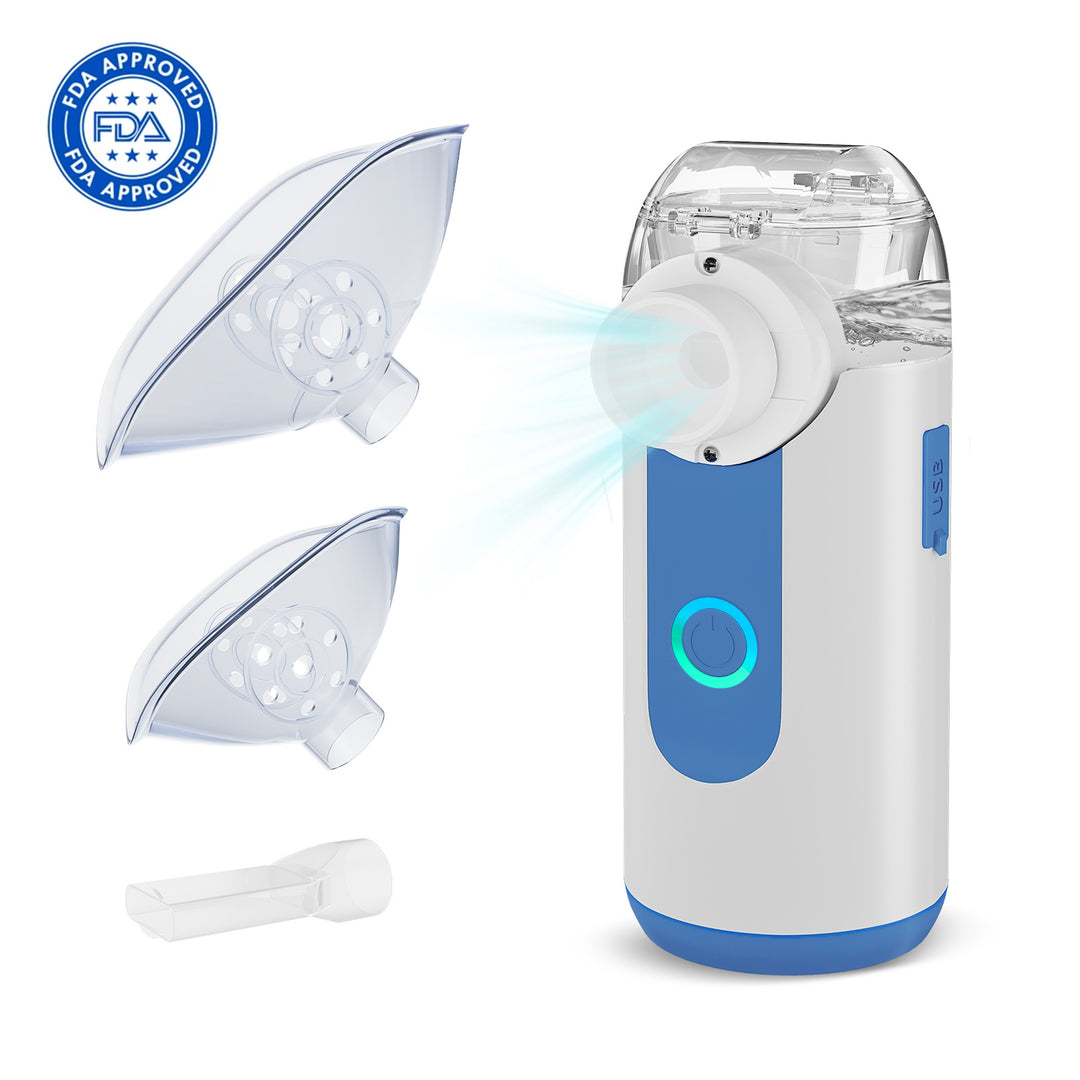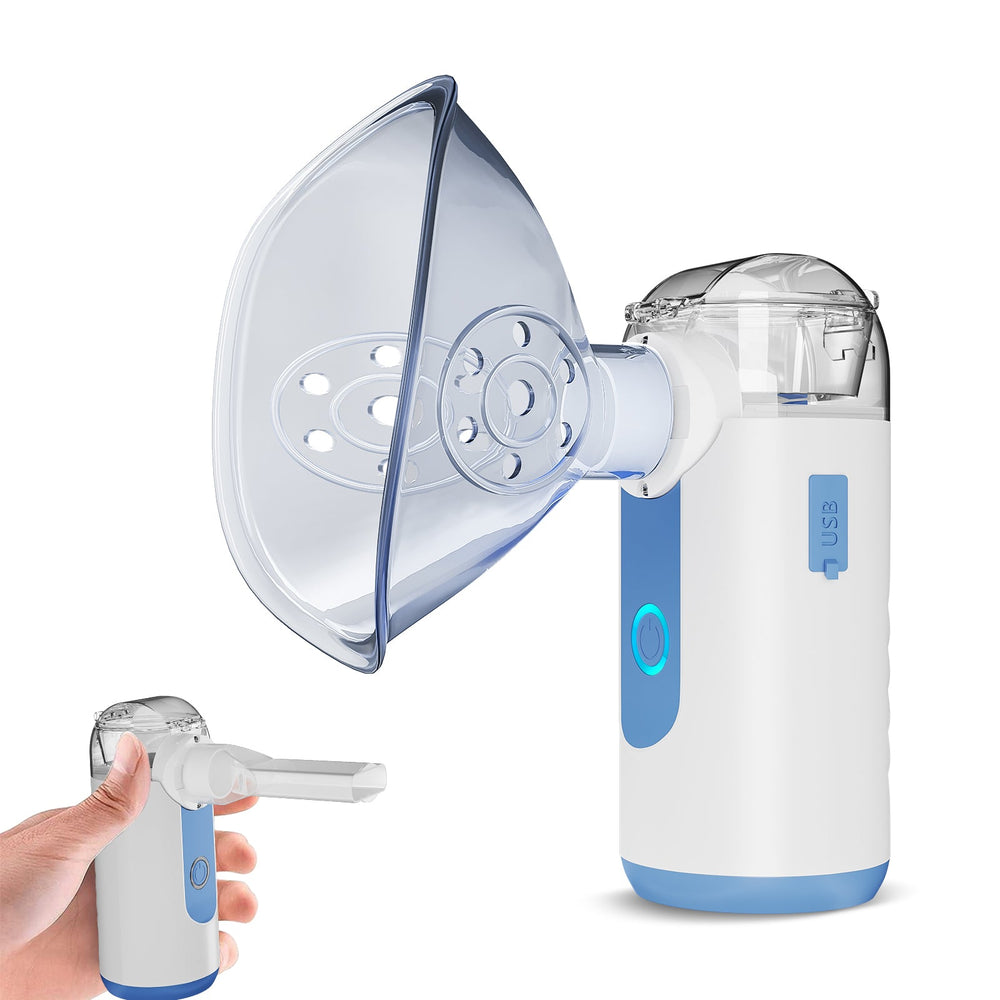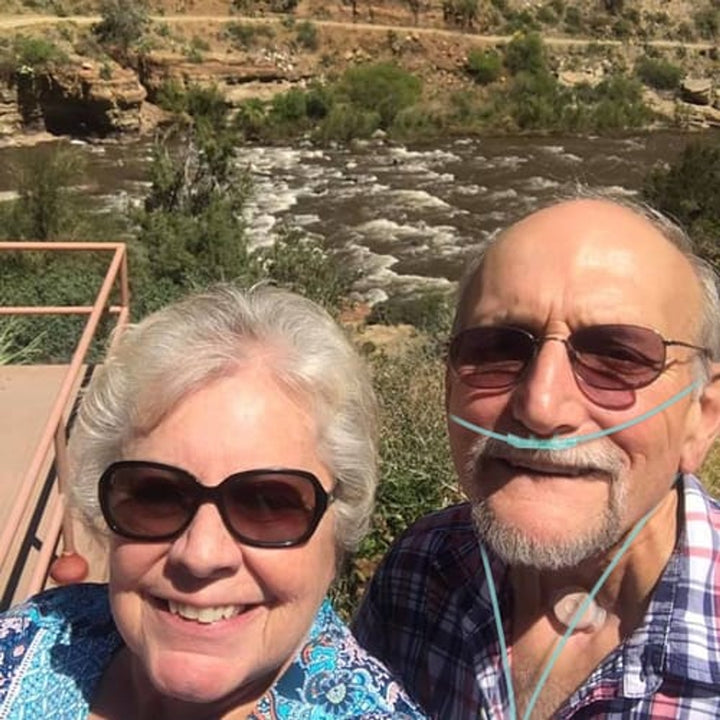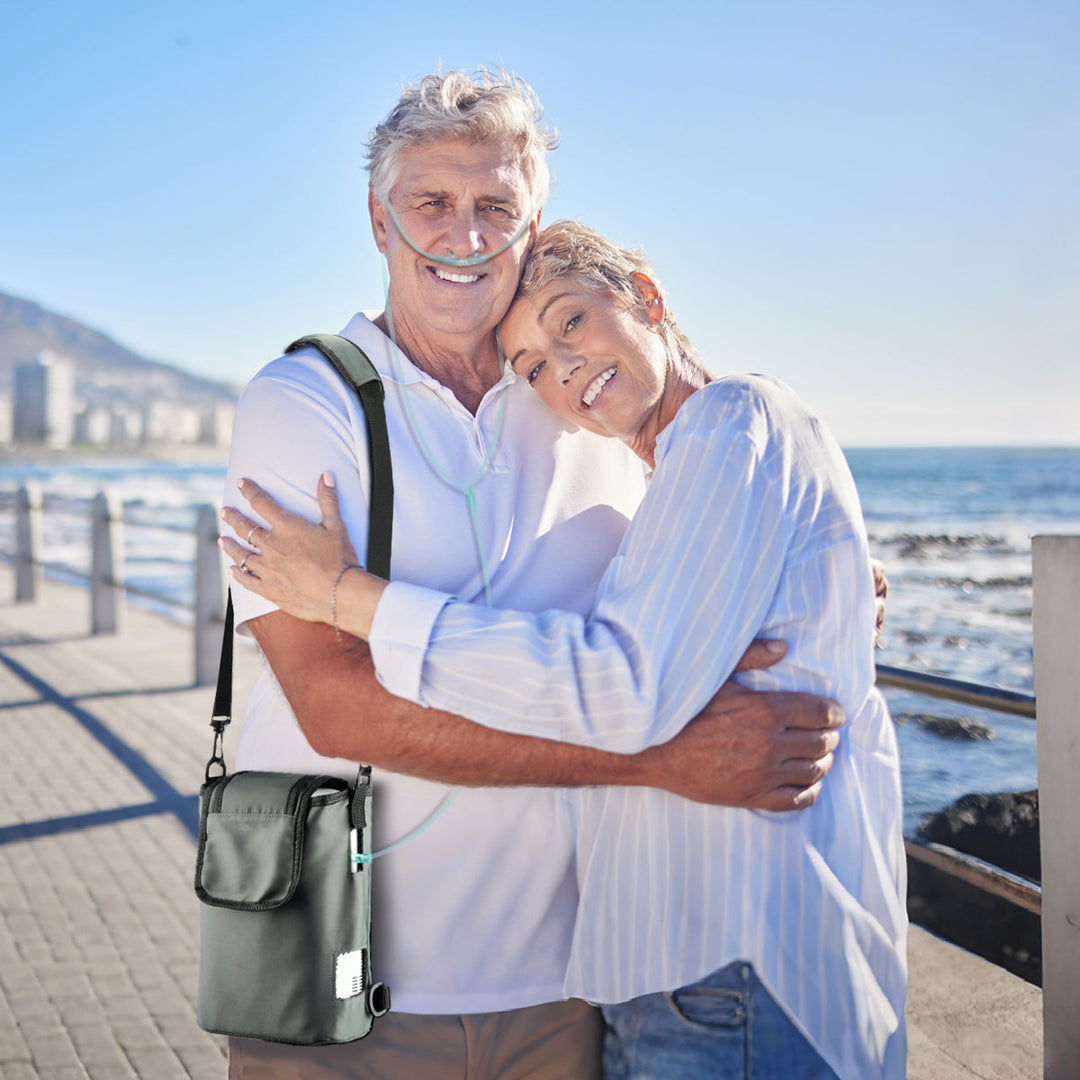The Complete Guide to Nebulizers: Portable, Children, and Adult Options
Nebulizers are essential devices for delivering medication directly to the lungs in the form of a fine mist. They are widely used for treating asthma, bronchitis, allergies, and other respiratory conditions. Whether at home, on the go, or caring for children or infants, understanding the different types of nebulizers and accessories is key to effective therapy.
Types of Nebulizers
1. Portable Nebulizers
Portable nebulizers are compact, lightweight, and battery-powered, making them ideal for travel and daily use outside the home. These devices provide convenience and ensure continuous respiratory therapy wherever you go.
2. Children’s Nebulizers
Nebulizers designed for children are gentle, safe, and easy to use. They come with small, soft masks that fit comfortably, making medication delivery stress-free for young patients.
3. Adult Nebulizers
Adult nebulizers are slightly larger, providing higher medication output suitable for managing asthma, COPD, and chronic respiratory conditions. These devices often include various accessories for effective therapy.
4. Nebulizers for Babies
Infant nebulizers are specifically designed for newborns and babies. They are quiet, safe, and provide gentle medication delivery to sensitive lungs.
Nebulizer Accessories
To maximize the effectiveness of a nebulizer, the right accessories are crucial:
-
Nebulizer Mask: Masks ensure the medication reaches the lungs efficiently. Available for adults, children, and infants.
-
Nasal Oxygen Cannula / Soft Nasal Tubes: Help deliver oxygen or medications in a comfortable manner.
-
Portable Nebulizer Kits: Complete kits often include a device, mask, tubing, and filters for easy setup.
-
Water Tank Humidifier: Adds moisture to the inhaled air, making it more comfortable and effective.
Medications for Nebulizers
The medication used in a nebulizer depends on the condition being treated. Common options include:
-
Bronchodilators for asthma or COPD
-
Corticosteroids for inflammation
-
Saline Solution for hydration of airways
-
Antibiotics (if prescribed for infections)
It’s essential to follow the doctor’s instructions and use the correct dosage for safe and effective therapy.
Benefits of Using a Nebulizer
Using a nebulizer provides multiple advantages:
-
Effective Medication Delivery: Directly reaches the lungs for fast relief.
-
Ease of Use: Simple setup and operation, suitable for children, adults, and elderly.
-
Portability: Portable nebulizers allow therapy anywhere without relying on power outlets.
-
Comfort: Masks and nasal cannulas are designed for a snug fit, minimizing discomfort.
-
Versatility: Suitable for babies, children, and adults, with specialized devices for each age group.
Nebulizer Price and Cost
Nebulizer prices vary based on type and features:
-
Basic Nebulizers: Affordable, simple operation, ideal for home use.
-
Portable Nebulizers: Slightly higher cost for mobility and battery operation.
-
Children and Infant Nebulizers: Designed for safety and comfort, moderate cost.
-
Advanced Kits: Include multiple masks, tubing, and accessories, typically higher-priced.
Comparing options online or at local stores can help find the best nebulizer price that fits your budget.
Tips for Choosing the Right Nebulizer
-
Check if the device is suitable for the user’s age (adult, child, or baby).
-
Consider portability if therapy is needed outside the home.
-
Verify compatibility with the prescribed medication.
-
Ensure the kit includes masks, nasal cannulas, and filters.
-
Evaluate the device’s price, warranty, and durability.
Conclusion
Nebulizers are vital tools for managing respiratory health. From portable nebulizers to children and infant-specific models, the right device and accessories make therapy more effective and comfortable. With options like nebulizer kits, masks, nasal cannulas, and humidifiers, you can customize therapy for every patient’s needs. Choosing the correct medication for nebulization and device type ensures efficient and safe respiratory care at home or on the go.
You may also like
View allWhat people say about VARON
Blog posts
View allFAQs
The oxygen concentrator can be divided into two purposes according to the oxygen flow rate: health care and disease treatment.
- 1-3L oxygen concentrator is suitable for health care: ePregnant women, elderly health care, students, white-collar workers and other mental workers can use it, and it is suitable for daily oxygen therapy.
- Oxygen concentrator larger than 3L are suitable for disease treatment: It can be used in patients with chronic diseases (hypertension, hyperglycemia, hyperlipidemia, coronary heart disease, obesity, etc.), patients with respiratory diseases, cardiovascular and cerebrovascular diseases, and patients with cardiopulmonary functional diseases. It is suitable for oxygen therapy at home.
Pulse flow: During use, it can automatically detect your breathing pressure, release the required oxygen in time when you breathe in, and stop working when you breathe out. Continuous flow releases oxygen regardless of whether it is inhaling or exhaling. At present, the pulse flow mode is mainly used in portable device, so that the use time of the machine is longer.
The portable oxygen concentrator is a kind of oxygen therapy equipment that is convenient to carry around. It provides treatment for those who need higher oxygen concentrations than ambient air levels while traveling or going out. It is small in size, light in weight, and contains a batt
ery that can be powered at any time.
Compared with portable oxygen generators, home oxygen concentrators are larger and heavier. It cannot be easily carried and used when traveling. They can provide high flow rates and are recommended for patients who require a large amount of oxygen supply.
--------------------------------------------------------------------------------------Some customers search for Varont when looking for our brand, but the correct spelling is VARON.
Whether you search VARON or Varont, you're in the right place.
